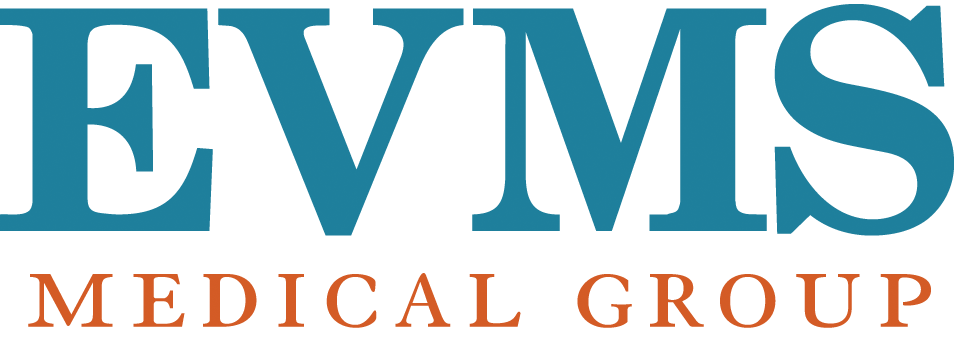Rhinoplasty
Ideally, one's nose is inconspicuous and balanced with other facial structures. The goal of rhinoplasty (nose reshaping) is to help correct nasal irregularities such as a nose that is too large, has a wide or bulbous tip, or is crooked. After rhinoplasty slight alteration can often greatly improve one’s appearance. In some cases, chin augmentation may be recommended along with the rhinoplasty to maximize the appearance of your profile.
Rhinoplasty is performed on patients of all ages from teenagers who have reached full growth to mature adults. Functional septorhinoplasty may be performed for patients with difficulty breathing through their nose and is often covered by insurance carriers. In functional cases rhinoplasty may be performed before a teenager reaches full growth if breathing is severely impaired.
About the procedure
Rhinoplasty may be performed with either general anesthesia or intravenous sedation and is performed as an outpatient procedure. Incisions are made in the nostrils and may occasionally a small incision may extend across the bottom of the nose. These incisions heal very well and remain camouflaged. During the procedure the cartilage and bone of the nose are reshaped or reconstructed. Excess bone or cartilage causing deformity or difficulty breathing may be removed.
What to expect after surgery
An external splint is placed on the nose for approximately 7 days. During this time you may return to light general activities. For the first few days it is best to relax with your head elevated. Light ice packs over the eyes will help to minimize subsequent bruising and swelling. The splint and sutures are removed after one week and the nose will be swollen. Within two weeks following surgery most patients will be able to return to full activity levels.
